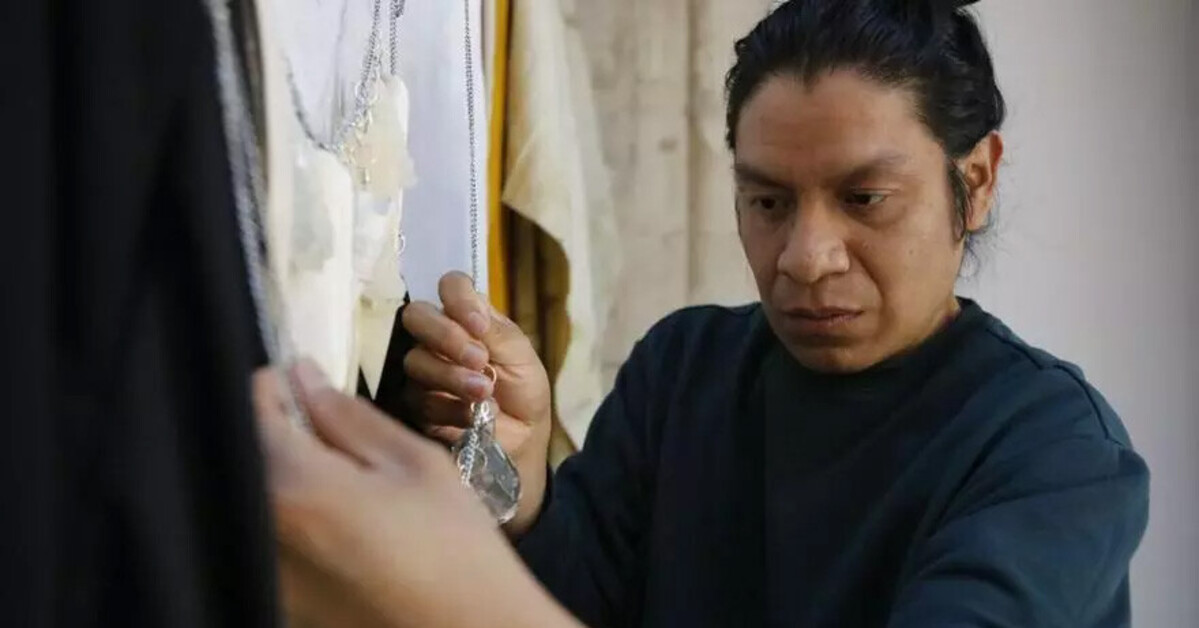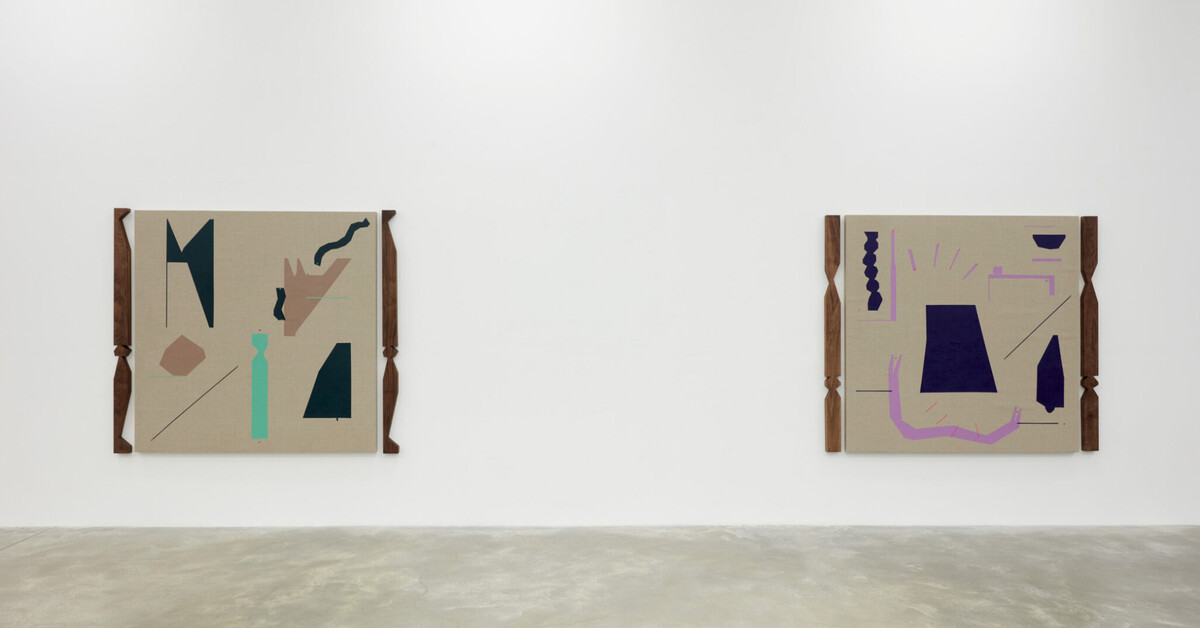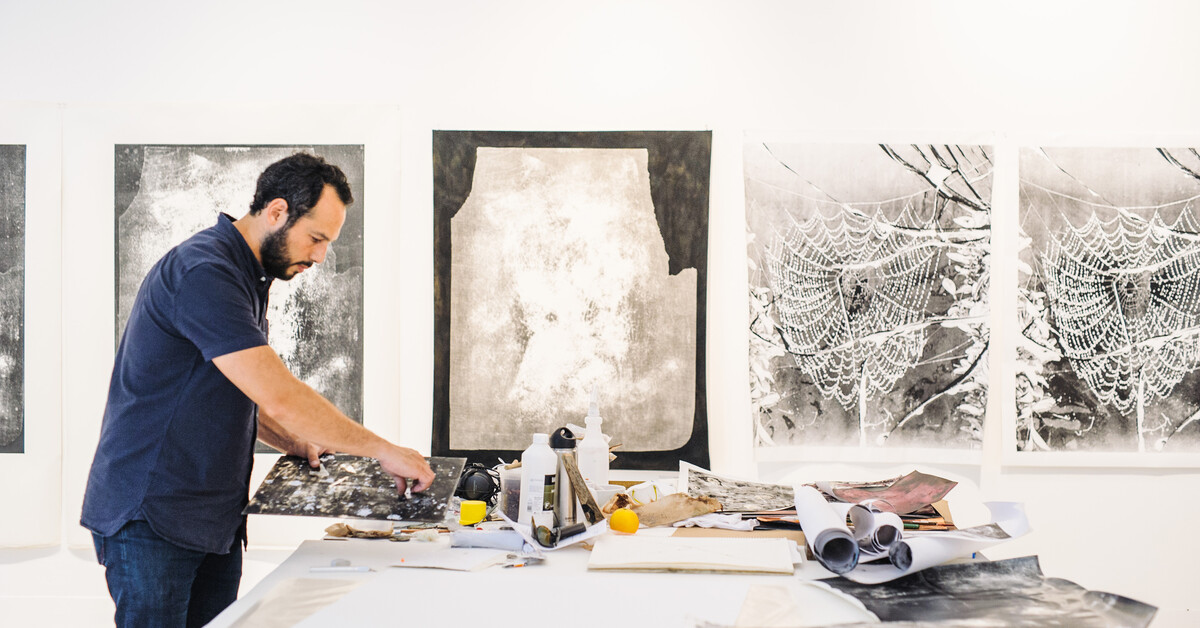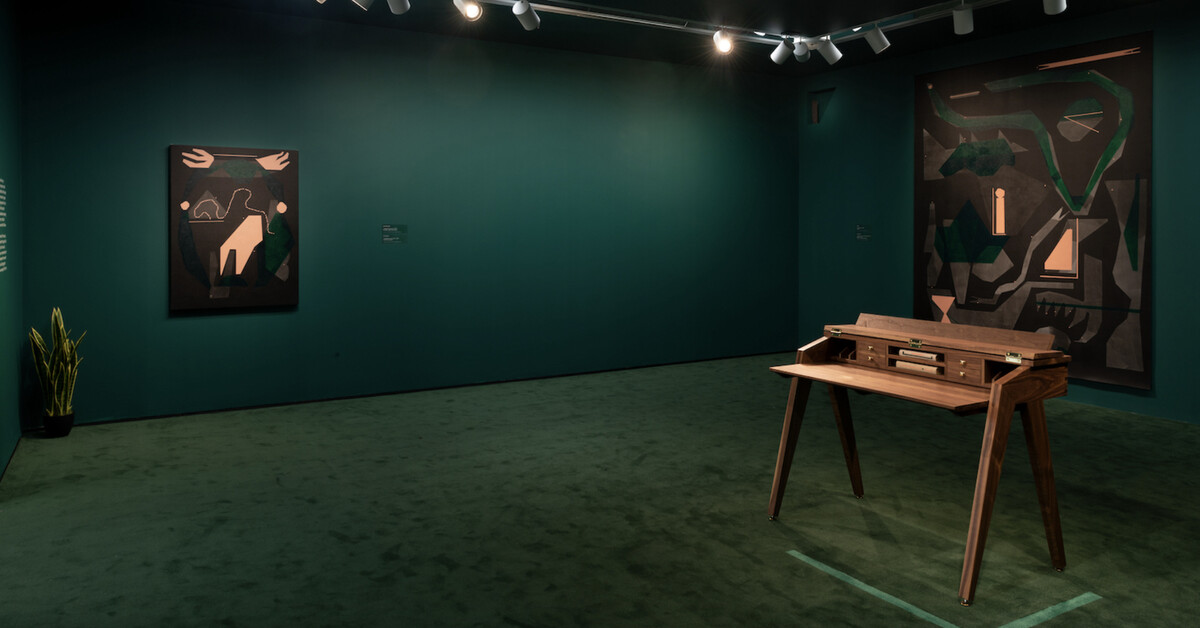2023 Guggenheim Fellowships Go to Artists Kapwani Kiwanga, Martine Syms, Pamela Council, and More
Artnews / Apr 7, 2023 / by Maximilíano Durón / Go to Original

Installation view of “Behind the Cloud: Interrogating Digital Technologies,” 2023, curated by Marissa Del Toro & Alex Santana, at the Latinx Project at NYU.COURTESY THE LATINX PROJECT AT NYU
The John Simon Guggenheim Memorial Foundation announced this week the 171 scholars and artists who were awarded its acclaimed 2023 Guggenheim Fellowships. This year’s class includes some of today’s most closely watched artists.
Awarded in 48 disciplines (broken into four umbrella categories of natural sciences, social sciences, humanities, and creative arts), the winners were chosen from a pool of nearly 2,500 applicants. In a statement, Guggenheim Foundation president Edward Hirsch said, “The new class of Fellows has followed their calling to enhance all of our lives, to provide greater human knowledge and deeper understanding. We’re lucky to look to them to bring us into the future.
Among the winners in the fine arts category are Pamela Council, Jamal Cyrus, Kapwani Kiwanga, Diane Severin Nguyen, Tammy Nguyen, Samantha Nye, Evita Tezeno, and Lavar Munroe, whose representation with Chicago’s Monique Meloche Gallery was announced in tandem with the fellowship news. Additionally, Munroe’s fellowship is underwritten by actor Robert De Niro, whose father Robert De Niro Sr. was a 1968 Guggenheim fellow; this fellowship succeeds the earlier Robert De Niro Sr. Prize, which was last awarded in 2019.
Kiwanga is among the most closely watched artists working today, having won numerous esteemed artist prizes over the past years; next year, she will represent Canada at the Venice Biennale. In 2021, Council presented a memorable public sculpture in Times Square; titled A Fountain for Survivors, the work was named one of that year’s defining artworks by ARTnews. Tammy Nguyen’s artwork was featured on the cover of the December 2022 issue of Art in America for an issue titled “The Religion Issue.”
In a roundtable discussion on Christian imagery appearing in painting, Nguyen said, “In my practice, I’m interested in exploring confusion as it relates to postcolonialism and geopolitics. I like combining histories and narratives that don’t always seem like they should make sense together but that, in reality, exist in parallel.”
Well-known artists were also awarded in medium-specific categories, with Martine Syms and Sasha Wortzel winning in film-video and Pao Houa Her and Curran Hatleberg winning in photography. Houa Her was featured in the 2022 Whitney Biennial, while Syms and Hatleberg were featured in the 2019 edition. Wortzel is best-known for an experimental film, co-directed with Tourmaline, entitled Happy Birthday Marsha!, which was included in the landmark 2017 exhibition “Trigger: Gender as a Tool and a Weapon” at the New Museum.
Three scholars were also awarded fellowships in fine arts research: Bridget Alsdorf, a 19th-century art history professor at Princeton University; Roland Betancourt, a specialist in Byzantine art at the Univeristy of California, Irvine; and Arlene Dávila, an anthropology professor at New York University and the founder of the Latinx Project at NYU. Currently celebrating its fifth year, the Latinx Project at NYU recently received a $1.3 million grant from the Mellon Foundation and was recently elevated to a provostial center at the university.
As a scholar, Dávila has established herself as an important voice in the contemporary art world, looking at how the art market operates and whom it excludes, in particular Latinx artists. Her 2020 book Latinx Art: Artists/Markets/Politics (Duke University Press) provided a revelatory analysis of these market forces, which she attributed to being an outsider to the art world, giving her the ability “to say and engage with things that in the art world are not regularly talked about.”
In her interview with ARTnews, Dávila said, “There is this myth in the art world that race doesn’t matter, identity doesn’t matter. Quality is quality, and we should only be looking at artists based on their work. Of course, that is so pathetically untrue, but people go around saying that to maintain and defend the white male art world.”






